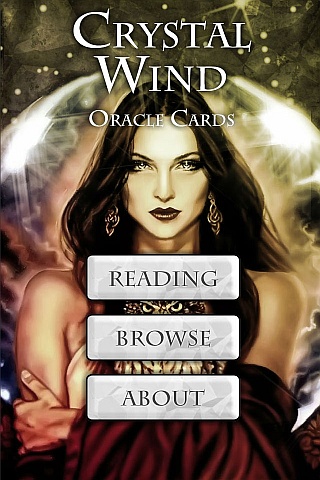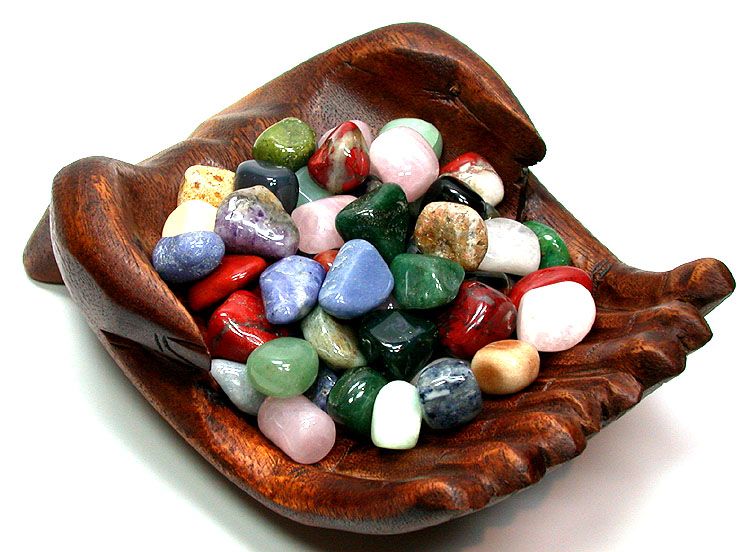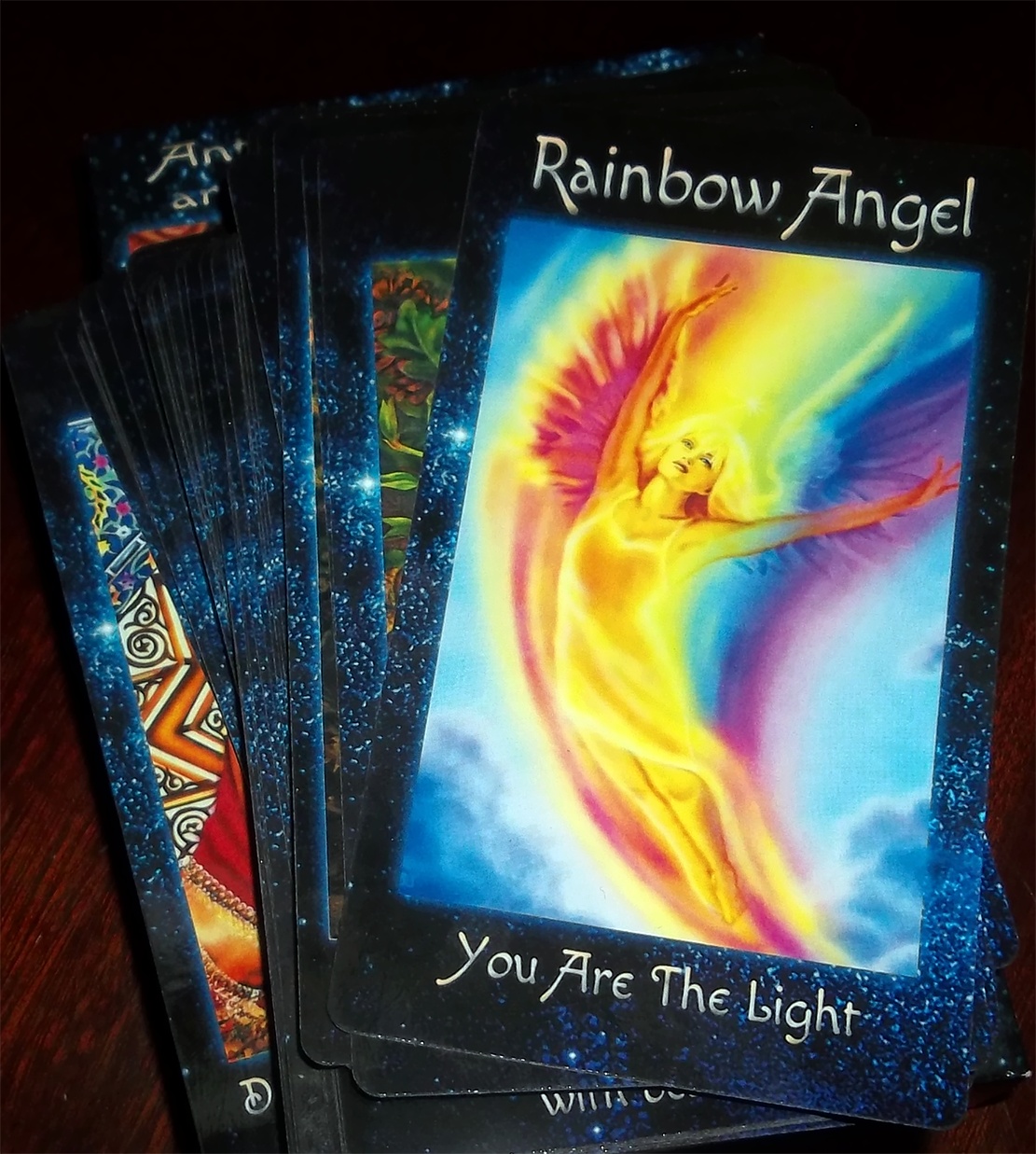Ursid Meteor Shower - The Winter Solstice 2021
- Details
- Written by CrystalWind.ca

The Ursids meteor shower is active annually between December 17 and December 26.
The annual Ursid meteor shower runs from about December 17 to 26 each year and always peaks around the December solstice, which, in 2021, comes on December 21. The shower’s peak is probably the morning of December 22, but any of the next few mornings should yield some Ursids as well. The shower usually peaks around December 23. At its peak, observers may be able to view as many as 10 meteors in an hour. Then, after the solstice and the shower’s peak, keep watching. You still might catch some!
The Ursids produce a handful of meteors or shooting stars every hour, usually in the range of five to 10 per hour. A nearly moonless sky means good viewing, despite the low.
In some past years, the meteors have been more spectacular — in 1945 and 1986, for instance, 50 per hour were observed — but experts say that such events are rare.
The Ursids have a sharp peak on the morning of Dec. 22, meaning that observers will see many more meteors on that day than on days before or after. Look at the sky in the morning on the 22nd, after midnight and as late as possible before sunrise. The meteor-shower radiant, which the meteors will appear to be flying away from, is near the bowl of the Little Dipper (Ursa Minor, near the celestial North Pole), and the radiant will climb higher in the sky in the pre-dawn hours.
Meteors will appear to be streaming out from the radiant, but they can show up all across the sky. Look a little bit away from the radiant, but not too far, to make sure that you catch sight of meteors with longer tails. That said, the Ursids are not known for leaving spectacular tails in the sky.
All meteors in annual showers have radiant points on our sky’s dome, and the showers often take their names from the constellations in which the radiant points lie. The Ursids radiate from Ursa Minor, which contains the Little Dipper asterism. If you trace the paths of the rather slow-moving Ursid meteors backward, they appear to come from the section of sky marked by the Little Dipper star Kochab.
The chart below shows the Big and Little Dippers around 1 a.m. when the Big Dipper is well up in the north-northeast.

Although the Little Dipper is circumpolar (out all night) at northerly latitudes, the star Kochab sits below Polaris, the North Star, at nightfall. Kochab (and all the Little Dipper stars) circle Polaris in a counterclockwise direction throughout the night, with this star reaching its high point for the night in the hours before dawn. The higher the radiant climbs in your sky, the more meteors that you’re likely to see.
This shower has been known to produce short bursts of over 100 meteors per hour. But typically the shower is much more low key than that. It might produce five meteors per hour at its peak.
Fortunately, the moon is now in waning phase. By the time of the Ursids’ peak on the morning of December 22 or 23, the moon will exhibit a fairly thin waning crescent, and shouldn’t too greatly intrude on what’s usually a low-key spattering of Ursid meteors.
By the way, some meteor showers, like the Perseids in August, have been watched each year at the same time for many centuries. But the Ursid meteor shower has been observed for only a single century. It was first observed around the turn of the 20th century, when a skywatcher noticed that some meteors seen around this time of year weren’t random in their direction of motion across our sky’s dome but instead appeared to radiate from near the star Kochab in the bowl of the Little Dipper asterism.
Bottom line: If you want to watch the Ursids, find a country location where you can camp out. Dress warmly! And plan to spend several hours reclining under a dark sky. The predawn hours are usually the most favorable.
© 2009 - 2021 CrystalWind.ca. All rights reserved.
Liked this article? Dive deeper into personal growth and wellness! Check out CrystalWind.ca for spiritual wisdom or explore AromaWorx.ca for natural well-being tips. Spread the positivity—share this with friends on their happiness journey!
Let’s Chat! Drop Your Thoughts Below! ![]()
Latest Articles
Dive into the Mystical World of the Crystal Wind Oracle Deck!
Get All the Enchanting Details Now!
NEW Expanded Boxed Edition!
Now with 58 Cards for Richer Wisdom!

Imagine a world of inspiration and healing, free for all—made possible by YOU!
Donate Now—Ignite the Magic at CrystalWind.ca!

Epilepsy - Finding A Cure
Your donation can make a difference!
Help us find a cure – donate now!
Unlock Your Light: Join Lightworkers Worldwide on CrystalWind.ca!
Quake Watch
Articles: The Founders
Articles: Cosmic Neighbours
Articles: Galactic History
Follow Us!
Who is Online Now
We have 33812 guests and no members online
Featured This Month
Sun in Taurus
Sun in Taurus April 21 through May 21 An Overview of Sun Sign Characteristi... Read more
Frogs Return Moon
Beaver – Chrysocolla - Blue Camas – Blue April 20 – May 20 The Frogs Retur... Read more
The Crystal Wind Oracle Card Deck
The Crystal Wind Oracle™ The Crystal Wind Oracle Myth & Magic Card D... Read more
The Time of No Time: Beltane!
Around the medicine wheel of life we go, from season to season (solstice to ... Read more
The Seven Chakras and their Meanings
If you could imagine chakras as circles of energy, flowing all the way throu... Read more
Taurus Mythology
The Taurus Myth The story of Taurus is most vividly tied to the tale of Zeu... Read more
Cartomancy - Fortune Telling Using Playing C…
Cartomancy is the act of divining using cards. Divining means to find out by... Read more
Bright Beltane Blessings!
The wheel turns to Beltane, also known as Mayday, marking the beginning of S... Read more













































